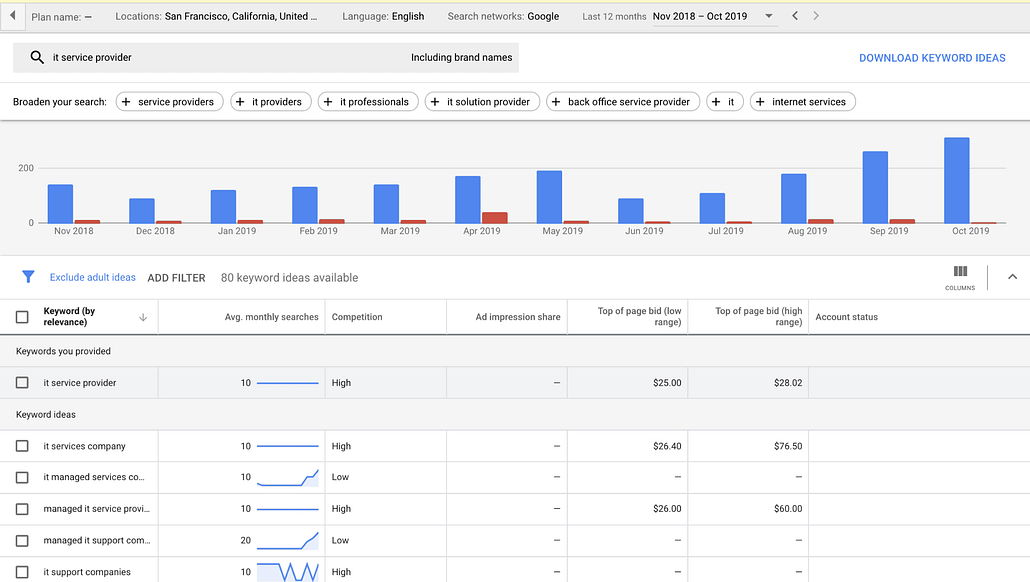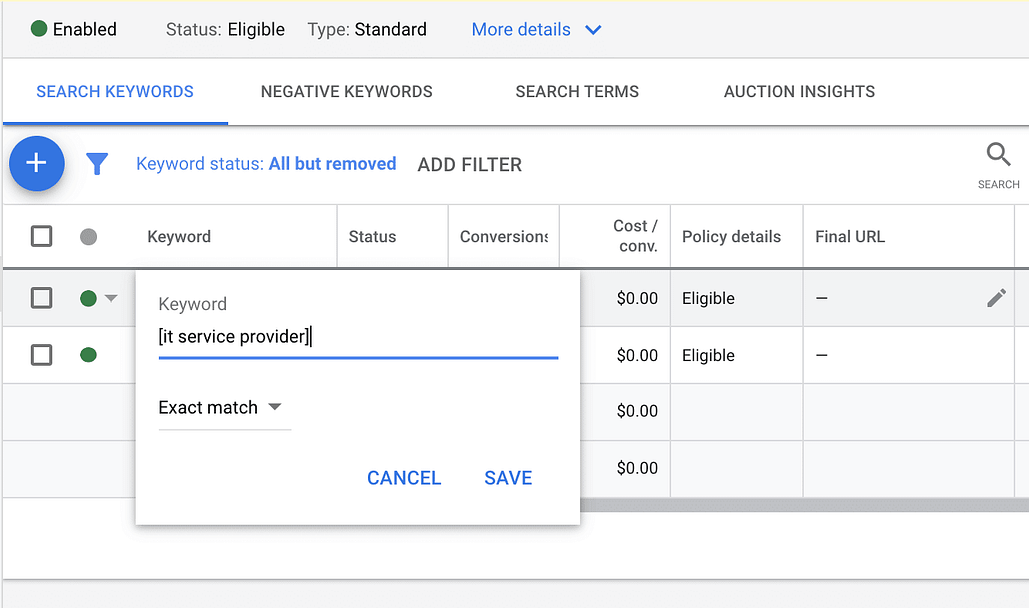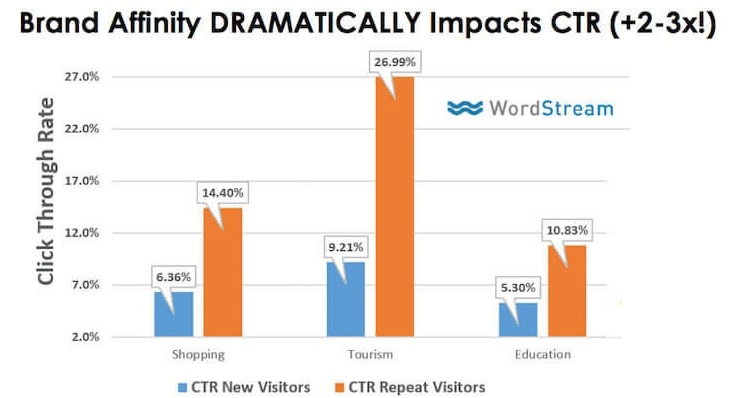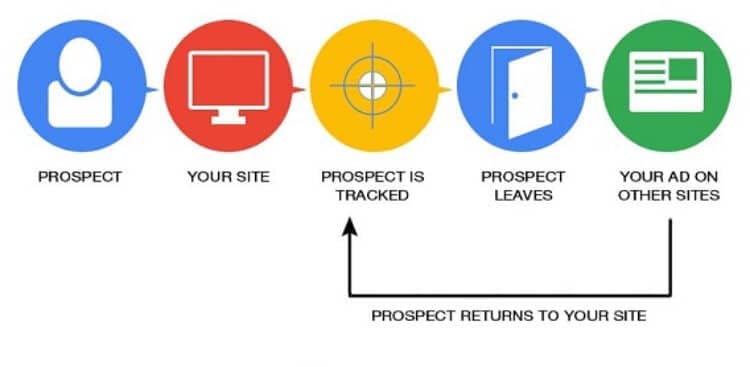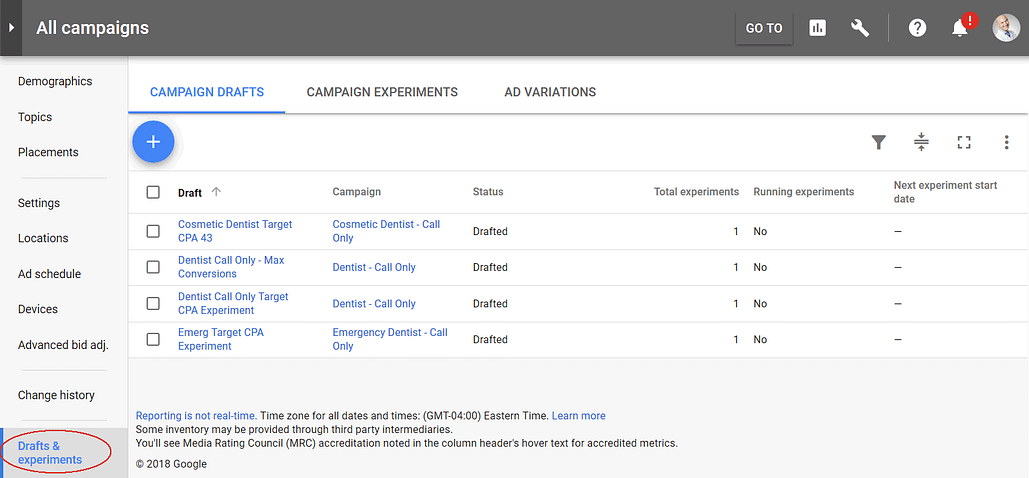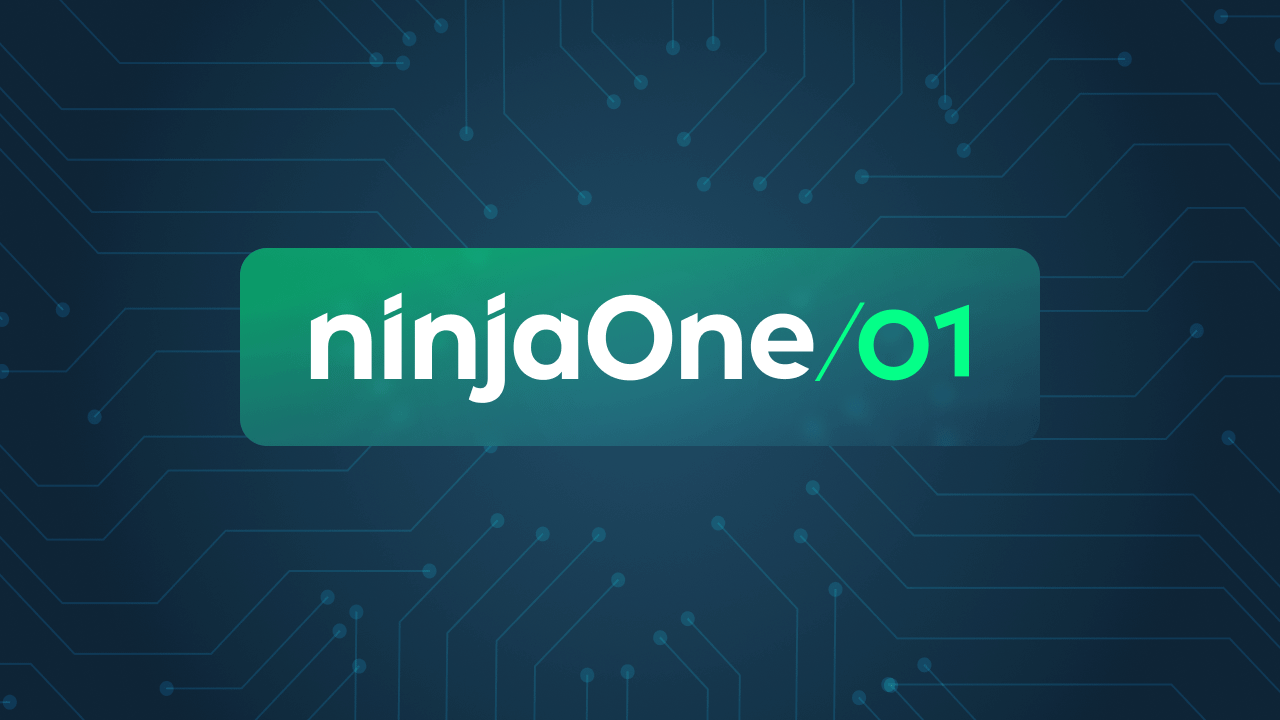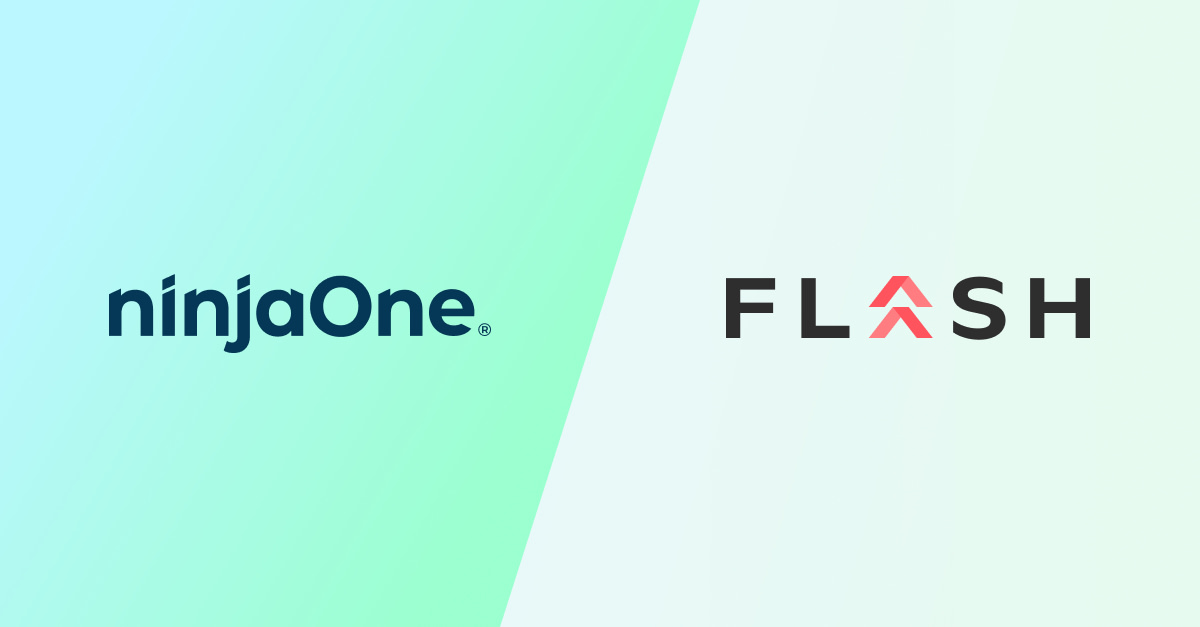Looking to dial up your MSP marketing and want to learn more about how investing in paid search ads work? This practical guide is for you.
You’ve built a website optimized for generating leads, you’ve priced your MSP offerings to boost profitability, and you’ve even set up direct mail and referral generation campaigns — what other marketing efforts could you possibly use to take your business to the next level?
Have you considered paid search? If you’re like many MSPs, the answer is likely, “not really.” But the truth is, when done right, paid search can put your MSP brand miles ahead of your competitors by raising awareness, generating more website traffic, and appealing directly to search engine users who are ready and willing to spend money as soon as they find the right solution.
So how exactly does paid search marketing work, why should you care about it, how much will it cost you, and—importantly—how can your business get started to take advantage of all the benefits?
Without further ado, let’s answer all those questions and more.
How does paid search work?
Paid search is a type of digital marketing in which search engines including Google, Bing, Yahoo, and so on allow businesses to display advertisements on their search engine results pages (SERPs).
Paid search is often referred to as “pay-per-click” (PPC) because businesses only pay when a person clicks on their ad.
The way it works is a business chooses the highest price (known as the “maximum bid”) they’re willing to pay for a click on terms (or “keywords”) that relate to their services. For an MSP, these may include “IT service provider,” “how to set up server,” etc.
When a person searches for one of those keywords, most search engines deploy a complex, automated bidding process that determines which ads will be displayed and in which order based on the bid amount as well as the relevance and quality of the associated ad.
In the following example from the folks at WordStream, a person searched for “candlesticks” on Google. The businesses that created the ads we see are the ones that struck the balance between the best maximum bid and relevant, high-quality advertisements.
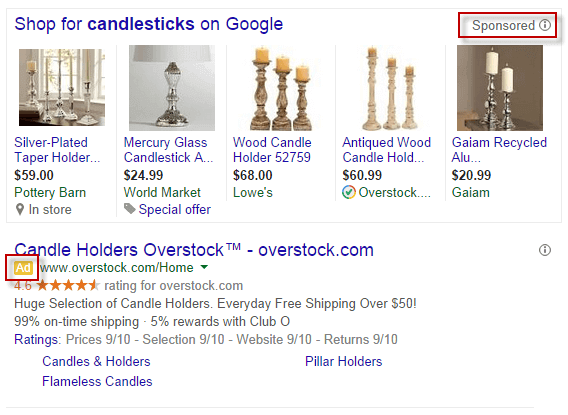
There are a ton of digital marketing tricks and methods out there, but here’s why we think MSPs both large and small shouldn’t shy away from considering paid search:
Paid search is one of the most measurable, manageable, and therefore efficient marketing channels.
That’s because once you’ve set your bids and created the corresponding ads, the search engine advertising platforms handle the rest (for the most part).
Plus, when it comes to conversions, paid search can be even more impactful than search engine optimization (SEO) methods that aim to draw traffic to a website organically (read: without paying), because it takes leads directly to a landing page that’s been optimized for conversions. Paid search can even supplement organic traffic by making casual searchers aware of your business offerings and inspiring them to continue their own research.
Interested in learning more about paid search? Great, we’re excited to show you! But first, let’s make sure it’s right for your MSP.
Should you try marketing your MSP with paid search ads?
Not sure paid search is worth your time? You’re not alone. The fact is many MSPs dismiss it out of hand before they sit down and really think through the possibilities.
Investing in paid search is by no means a silver bullet, but we recommend giving it a try if:
- You have the capability of creating landing pages on your MSP website that are optimized for conversion, but those pages aren’t getting enough traction from SEO alone
- You have a sales process that can reliably convert leads into customers
- You want to expand your business quickly and have some money to spend on growth (we’ll get into how much money below)
- You need to see results fast, quick, and in a hurry
- You want to test whether a new location, new demographic, new service, etc. would work or is working for your business
Of course, there’s also the big deciding factor every business must consider before diving into any new marketing channel: price.
How much is paid search marketing going to cost me?
There are a lot of variables to consider, but in general, based on how the cost-per-click looks for the IT Services industry at the moment, you should probably set aside a minimum of $2,000 to give paid search ads a fair initial test.
Even that amount can get used up quickly depending on the keywords you’re bidding on. Don’t be surprised to see some of the most competitive keywords related to IT support costing $100 a click. Before you get sticker shock, however, keep in mind what you stand to earn by pulling in even just one new customer. As MSP marketing expert Nate Freedman explains over at Channel Futures, paid search is a numbers game, and it all comes down to one specific ratio: CAC:LTV, your customer acquisition cost compared to your average customer lifetime value.
“Think about it like this: $100 is $100, but what are you getting for that money? Are you paying $100 per click for 10 clicks to generate one customer worth $300 over their lifetime? At that point, you’re paying $1000 to make $300 — hardly something worth celebrating. Or, are you paying $100 per click for 10 clicks to generate five customers worth $350 over their lifetimes? If so, you’re paying $1000 to generate $1750 — or a long-term profit of about $750 when everything is said and done.”
It’s generally accepted wisdom that your CAC:LTV ratio should be at least 1:3, meaning you should be earning back at least three times the amount you’re paying to acquire each new customer.
With that benchmark in mind, you can look at the cost of keywords combined with all your additional costs related with closing a sale, and you can determine what’s an acceptable amount for to you spend and what isn’t.
Note that the effectiveness of your sales follow-up and closing ability will have major implications on how cost effective any lead generation effort is (or isn’t) going to be. So before you spend a dime on paid search it’s a good idea to make sure you have a proven, repeatable sales process.
Of course, there’s also the question of outsourcing. You can hire an agency or specialist to launch and manage paid search ad campaigns for you, but keep in mind they typically charge a high hourly rate or even a percentage of your advertising budget. That makes them an expensive option probably best suited for MSPs who are shorter on time but longer on budget. If you want to dip a toe in the water you may be better off trying things out in-house.
Feeling informed and ready to get started with paid search? Let’s do this.
How to get started with paid search
Whether you’re just getting your paid search campaign off the ground, looking to level up with experimentation, or paid search is already paying off and you’re ready for some advanced strategies—this guide has everything you need.
Crawl: Getting your paid search campaign off the ground
First things first, you’ve got to have a website or at least a landing page to which your ad directs traffic.
This destination should be optimized with some kind of call to action (CTA), such as a form, that captures the key information you need to turn a cold lead into a prospect with whom you can continue communications.
You’re spending money on every single click to your website or landing page, so make sure you’re getting as much bang for your buck as possible. For tips on landing page optimization, see this handy guide from the fine folks at Unbounce.
Next, prepare a list of the keywords you want to bid on. The best way to start is by brainstorming common phrases for which your potential customers may be searching.
For some extra insight, use a keyword research tool (Google will turn up tens of options) to help generate new keywords you may not have thought of based on phrases you’ve already brainstormed. Google’s Keyword Planner is one that will go beyond just supplying ideas to provide estimates for the cost of clicks in the geographical area in which you want to advertise.
The following image shows our results when we used Keyword Planner to find keywords related to “IT Service Provider” in the San Francisco area.
After selecting your keywords, the final step to getting your paid search campaign up and running is setting up what you’re willing to bid per keyword, per day.
You’ll do this by determining what the conversion of each keyword is worth to you, remembering that CAC:LTV ratio of 1:3.
Especially if you have a limited budget, we recommend prioritizing your spending on keywords with the highest relevance and/or purchase intent. In addition, be sure to set your bid for “exact match.” This means that your ads will only be displayed during searches that are the exact same or extremely similar to the keywords on which you’ve bid. While this tactic will generate less traffic overall, each click is sure to be from someone who’s actively looking for the services you provide—and therefore more likely to convert.
Another way to stretch your budget is to make your bids location-based. Feel free to target your location or simply locations you like to serve. You can even get as specific as a zip code to ensure you’re advertising to your ideal audience and getting the most bang for your buck.
If you’re ready to implement these tactics to set up an affordable paid search campaign, we recommend starting with Google Ads to take advantage of the ad credits they provide for new users.
Walk: Organize and experiment to level up your paid search strategy
With your paid search program up and running, you’ve earned the flexibility to take a little more time and spend a little more money to learn more about your audience and boost your results.
That means it’s time to experiment!
Let’s start with trying out different match types.
With phrase match, ads can be displayed when searches match a keyword, or close variations of a keyword, even if it has additional words before or after.
For example, phrase matches for the keyword “IT service provider” may include “best IT service provider,” “IT service provider pricing,” “local IT service provider,” etc.
This will give you a larger volume of clicks, which will also give you insight into exactly what people are searching for and help you generate keyword ideas you may not have come up with on your own.
We recommend bidding less on keywords as they become less relevant to your business. However, if you have the budget, never totally rule them out because they may help you tap into customers who are looking for your services without even realizing it.
However, while you’re experimenting with match types, we recommend avoiding broad match altogether. Broad match is the default match type and will display ads for searches that include everything from misspelled words, synonyms keywords, and more. There’s just no way to limit irrelevant clicks—each of which you’ll be paying for!
And while you’re running experiments on your match types, keep an eye on your campaign for the first week to ensure you’re not spending unnecessarily.
Next, if your search engine advertising platform allows for ad extensions — use them!
Learn every possible extension you can tack onto your ad and experiment with different combinations to see what searches respond to.
The following example shows a Google ad for an MSP business that features various extensions from phone number to location. These extensions increase the real estate your ad takes up on the page and creates valuable context for searchers.
With those experiments underway, let’s go ahead and implement a money-saving organization method by cleaning up your campaign structure.
Group your keywords into ad groups and gather these groups into campaigns. Best practice dictates creating ad groups that consist of just 2 or 3 keywords that are closely related. Next, group similar ad groups into a single campaign and set the daily budget.
Once your paid search campaigns are organized in this way, you’ll be able to see how well each is performing and more effectively control your spending.
Experiments and organization paying off? Then let’s get moving even faster with the following advanced strategies.
Run: Advanced strategies to try when paid search is paying off
Up until now, we’ve been advertising to cold leads.
Not anymore with remarketing.
Remarketing, also known as retargeting, enables businesses to show ads to search engine users who have already visited their website or landing page. It enables businesses to become familiar to their audiences, which intrinsically builds trust.
And, it works.
Search engine users who have been remarketed to are two to three times more likely to click on an ad than cold leads are.
Source: WordStream
Remarketing ads can double down on brand awareness or they can feature something special for the viewer—info about a product they may be interested in, a unique discount code, etc.
The only downside is that remarketing usually requires technical savvy and time to set up. You can choose to figure it out on your own or hire one of the many agencies that can help.
Source: PPC Protect
In addition to remarketing, A/B or “split” testing is a great way to further advance a paid search campaign that’s already running smoothly.
At its core, A/B testing is the practice of comparing any two versions of something to determine which one performs better. When it comes to paid search for MSPs, you could compare different audiences, different keywords, different landing pages, and so on. A/B testing should measure just one change at a time and should be conducted on a regular basis if you want to take advantage of its full potential.
As more and more MSPs come online, paid search is likely going to get more expensive and more competitive. On top of that, audiences change—perhaps more quickly now than ever before. A/B testing gives you a way to ensure you’re getting the best return on your PPC investment.
In the following example, you’ll see how Google Ads provides a “Drafts & experiments” feature that makes it easy to allocate a percentage of your budget toward testing out different campaigns.
Source: WebsiteOptimization.com
Realistically, even the smartest MSP business won’t be able to come up with cutting-edge marketing ideas and every campaign won’t grow by leaps and bounds every single day. That’s why A/B testing is so important. It gives you a way to automatically and incrementally improve your paid search campaign’s effectiveness without wasting a lot of cash or salary dollars.
Can’t Find the Time to Pursue Paid Search for your MSP?
While we can make you a kick-ass guide to creating a successful paid search campaign for your MSP, we can’t make you allocate the time you need to pursue this and other effective marketing strategies.
If you’re way too busy working in your business instead of on it, let us make your life easier with NinjaOne, the #1-rated RMM on G2 Crowd. Try us for free today!


